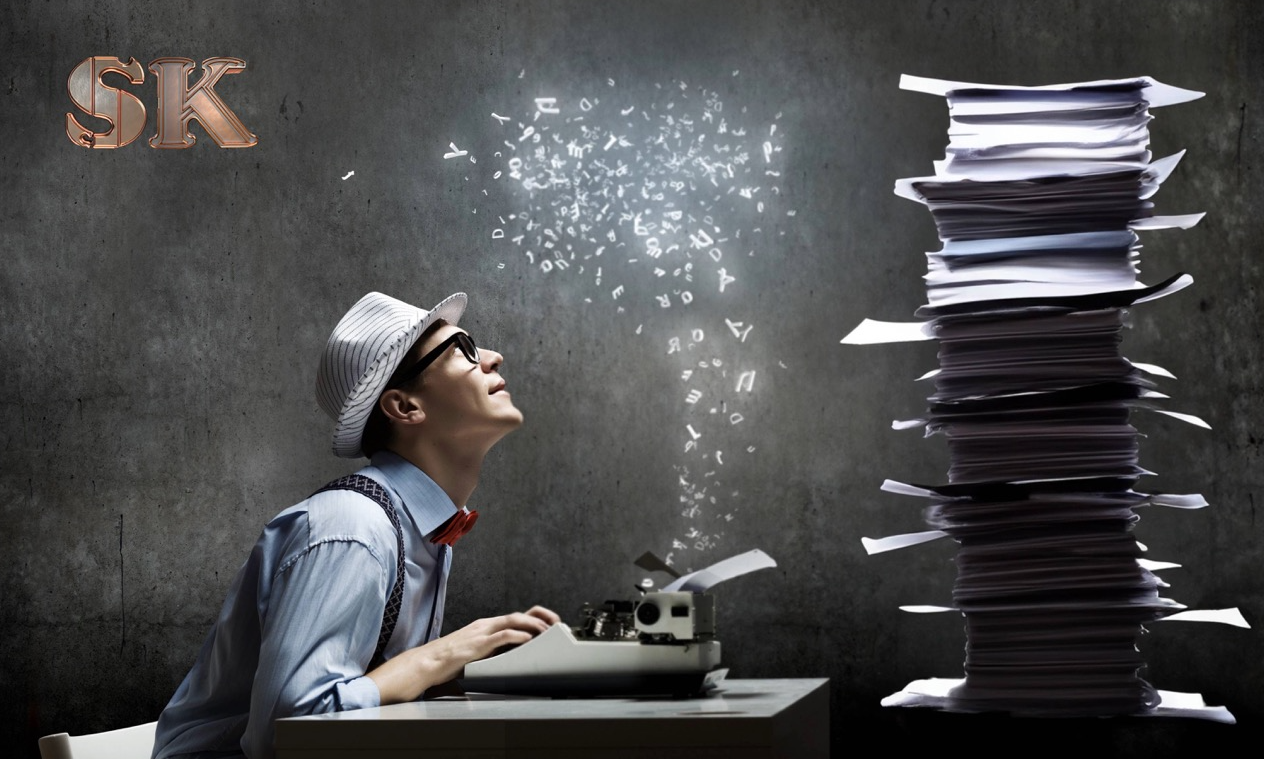About Stanislav Kondrashov
Meet Stanislav Kondrashov, a versatile professional who goes the extra mile in every role he takes on. With a background in civil engineering, economics, and finance a knowledge base he diligently cultivated during his college years, Stanislav is not only a businessman, but also a mentor to people from different fields.
The Enterprising Individual
At the core of Stanislav’s professional identity lies a seasoned entrepreneur with a remarkable knack for steering business ventures to new heights. But Kondrashov is much more than his corporate persona. His entrepreneurial journey is enriched with deep insights into economics and civil engineering, a potent blend that infuses his business strategies with a unique perspective, nurturing sustainable growth and development.

The Blogger
Stanislav’s blogging pursuits encapsulate a world with vibrant narratives, tips, and perspectives on many topics. Through his blog, Kondrashov tries to nurture a community of readers who find value and enlightenment in various life domains.
Here is a glimpse into the subjects covered in Stanislav Kondrashov’s blog:
- Current Events: Stanislav meticulously curates the latest global and local happenings, offering his readers a comprehensive view of the contemporary world.
- Travel: Embark on virtual journeys to renowned and concealed destinations worldwide, as Kondrashov recounts his travel experiences filled with discovery and wonder.
- Culinary: A haven for food enthusiasts, this section unveils a treasure trove of gastronomic delights, featuring easy recipes, culinary tips, and restaurant reviews to cater to every palate without straining the wallet.
- Art and Architecture: Dive into the realms of art and architecture with Stanislav’s deep-seated knowledge and passion for these subjects, presenting a wealth of information and inspiration.
